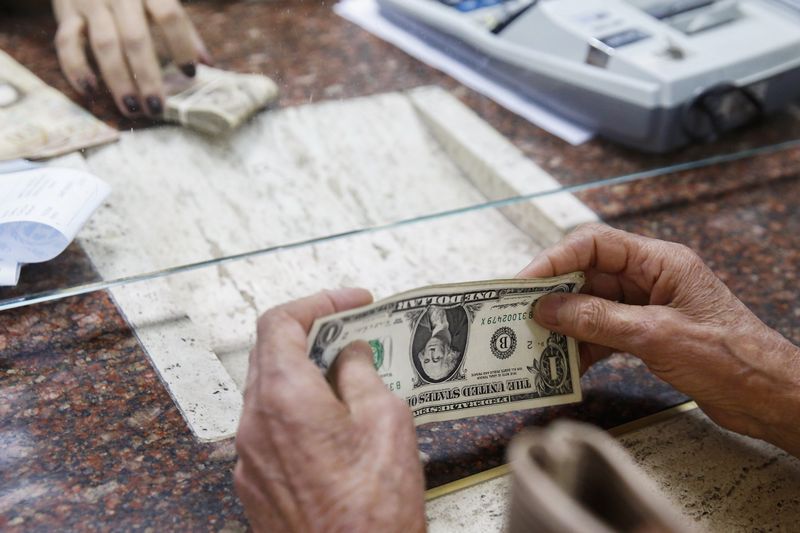Investing.com — UBS strategists expect the U.S. dollar to “remain stronger for longer,” citing robust U.S. economic activity and ongoing concerns about tariffs impacting other regions.
On Monday, the (DXY) rose to its highest level since November 2022, trading above 110 for the session. This represents an increase of around 9% since late September.
The US dollar’s recent strength was boosted by better-than-expected domestic data, including non-farm payrolls and the services purchasing managers’ index. These positive indicators have led to a decline in the expected number of Federal Reserve rate cuts this year, with the resulting rise in US yields providing broad support to the USD.
While US economic data is expected to remain solid in the near term, the outlook for Europe is less optimistic, with subdued growth prospects.
While growth in China is forecast to accelerate to 5% annualized in the fourth quarter, the threat of US tariffs poses a significant risk. The political and economic uncertainties in South Korea, the European Union and the United Kingdom have been linked to the weakness of their respective currencies.
According to UBS, a potential divergence in monetary policy is one of the key factors that could push the dollar further higher in the short term.
While the Fed is expected to cut rates by a total of 50 basis points in the second and third quarters, the European Central Bank is expected to cut rates by 100 basis points in the first half of the year.
“Policy divergence is a powerful currency driver, leading to trending FX markets and the ability to overshoot exchange rates,” wrote strategists led by Mark Haefele.
The company also points out that rate risks may not be fully taken into account in the current USD valuation. Although the dollar’s recent rally is largely attributed to solid US macroeconomic data, the introduction of new tariffs could push the dollar even higher.
UBS suggests that if tariffs are introduced, the DXY could trade between 110 and 115, with significant implications for other major currency pairs.
“If rates materialize, DXY could trade in a 110-115 range, fall below par, drop below 1.20 and head towards 0.94 in our view,” strategists said.
However, the investment bank believes that the story of 2025 could be a tale of two halves, with the dollar’s strength in the first half of the year potentially reversing in the second half.
The current trading position of the USD, which is considered highly overvalued and showing the highest level of net dollar length since 2015, supports this view.
UBS’s revised forecasts for the EUR/USD pair reflect this expected trajectory. Strategists expect the pair to trade at 1.00 in March, 1.02 in June and 1.06 in December 2025.
In the case of China, despite the possibility of dramatically higher effective rates, the CNY has only partially priced in this risk, with UBS repeating its forecast that the rate will reach 7.50 in June.


